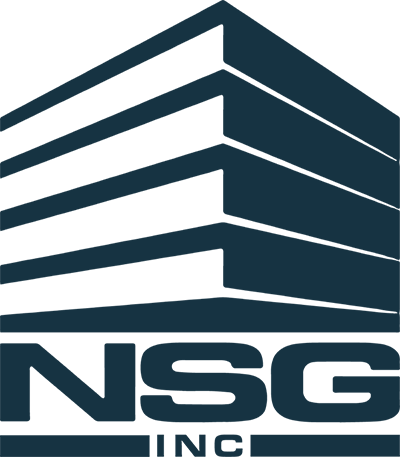A spotless floor and dust-free desks might make a facility look clean, but true cleanliness goes much deeper than what meets the eye. A truly clean facility prioritizes sanitation, air quality, and overall hygiene to create a safe and healthy environment for employees and visitors. Here’s how to determine if your facility is actually clean—or just looks the part.
1. Air Quality Matters More Than You Think
Clean surfaces are great, but what about the air you breathe? Poor indoor air quality can lead to respiratory issues, allergies, and increased illness. Signs of poor air quality include lingering odors, excessive dust buildup, and high humidity levels. To improve air cleanliness, ensure your HVAC system is properly maintained, use high-quality air filters, and consider adding air purifiers to high-traffic areas.
2. High-Touch Areas: The Invisible Hotspots
Door handles, elevator buttons, light switches, and shared office equipment are some of the most frequently touched areas in a facility. While floors and windows may be spotless, these high-touch surfaces can harbor bacteria and viruses if not regularly disinfected. A truly clean facility includes a robust sanitization routine that targets these overlooked areas.
3. Restrooms: A True Indicator of Cleanliness
A restroom’s condition speaks volumes about the overall hygiene of a facility. If soap dispensers are empty, odors persist, or surfaces feel sticky, chances are the facility’s cleaning routine is lacking. Proper restroom maintenance should include frequent sanitization, restocking of essential supplies, and odor control measures.
4. Carpet and Upholstery: Hiding More Than Dirt
Carpets, rugs, and upholstered furniture can trap dirt, allergens, and bacteria—things that vacuuming alone won’t eliminate. If your facility has musty smells or employees frequently experience allergy symptoms, it may be time for deep cleaning services, including steam cleaning and sanitization of soft surfaces.
5. Trash and Waste Management: More Than Just Taking Out the Garbage
Overflowing trash bins or lingering food odors indicate a failure in proper waste disposal. A well-maintained facility ensures that trash is removed regularly, bins are disinfected, and waste is sorted appropriately to minimize contamination and pest attraction.
6. Mold and Moisture Control: The Hidden Threat
Mold and mildew can thrive in damp environments, leading to unpleasant odors, structural damage, and health risks. Bathrooms, basements, and kitchens should be monitored for moisture buildup, and any leaks should be addressed immediately to prevent mold growth.
7. Employee and Visitor Health: A Key Indicator
If your employees frequently get sick, experience headaches, or complain about allergies, it may be a sign that your facility isn’t as clean as it should be. A truly clean environment contributes to employee well-being by reducing the spread of germs and maintaining a fresh, breathable space.
A facility that looks clean isn’t always truly clean. By prioritizing air quality, high-touch areas, deep cleaning, and sanitation protocols, you can ensure a safer, healthier space for everyone. At NSG, we go beyond surface-level cleaning to create environments that not only shine but also support the health and well-being of those who use them.
If you’re ready to take your facility’s cleanliness to the next level, we’re here to help. Let’s talk about how we can enhance your cleaning strategy today!

